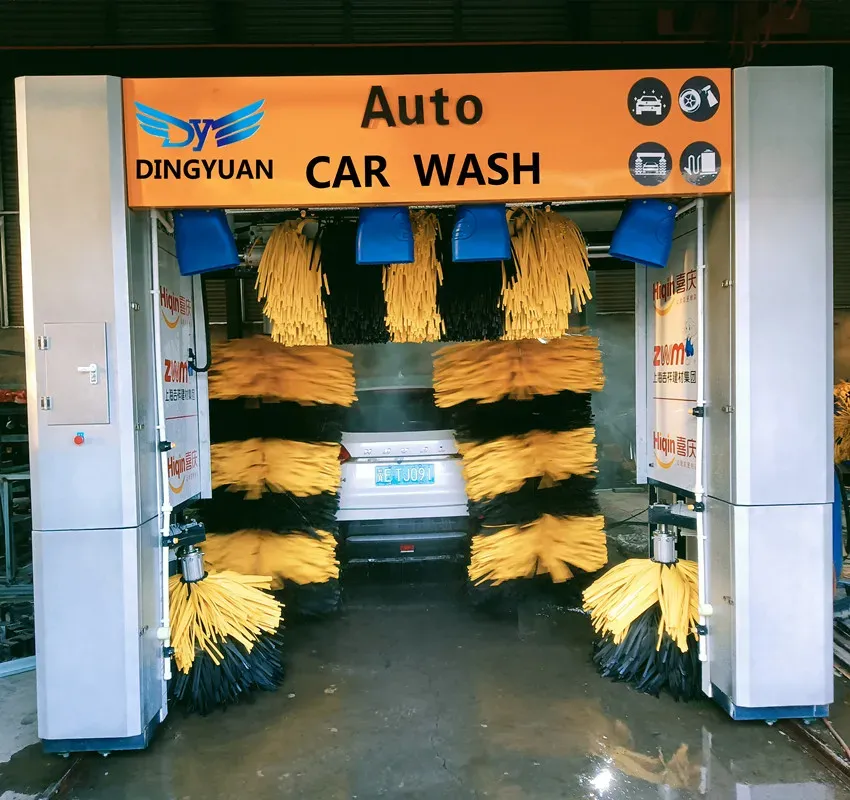
- Afrikaans
- Albanian
- Amharic
- Arabic
- Armenian
- Azerbaijani
- Basque
- Belarusian
- Bengali
- Bosnian
- Bulgarian
- Catalan
- Cebuano
- Corsican
- Croatian
- Czech
- Danish
- Dutch
- English
- Esperanto
- Estonian
- Finnish
- French
- Frisian
- Galician
- Georgian
- German
- Greek
- Gujarati
- Haitian Creole
- hausa
- hawaiian
- Hebrew
- Hindi
- Miao
- Hungarian
- Icelandic
- igbo
- Indonesian
- irish
- Italian
- Japanese
- Javanese
- Kannada
- kazakh
- Khmer
- Rwandese
- Korean
- Kurdish
- Kyrgyz
- Lao
- Latin
- Latvian
- Lithuanian
- Luxembourgish
- Macedonian
- Malgashi
- Malay
- Malayalam
- Maltese
- Maori
- Marathi
- Mongolian
- Myanmar
- Nepali
- Norwegian
- Norwegian
- Occitan
- Pashto
- Persian
- Polish
- Portuguese
- Punjabi
- Romanian
- Russian
- Samoan
- Scottish Gaelic
- Serbian
- Sesotho
- Shona
- Sindhi
- Sinhala
- Slovak
- Slovenian
- Somali
- Spanish
- Sundanese
- Swahili
- Swedish
- Tagalog
- Tajik
- Tamil
- Tatar
- Telugu
- Thai
- Turkish
- Turkmen
- Ukrainian
- Urdu
- Uighur
- Uzbek
- Vietnamese
- Welsh
- Bantu
- Yiddish
- Yoruba
power washer for detailing
The Ultimate Guide to Using a Power Washer for Detailing Your Vehicle
When it comes to detailing your vehicle, a power washer can be an invaluable tool. It not only saves time but also ensures a thorough clean that is difficult to achieve using traditional methods. In this guide, we will explore the benefits, tips, and techniques for using a power washer effectively to maintain your vehicle’s appearance.
Why Use a Power Washer?
A power washer, or pressure washer, uses high-pressure water jets to remove dirt, grime, and stubborn stains from various surfaces. Here are some compelling reasons why you should consider adding a power washer to your detailing arsenal
1. Efficiency Power washers can clean large areas in a fraction of the time it takes to wash by hand. This is particularly helpful for cleaning cars, trucks, and SUVs.
2. Effectiveness The high-pressure water stream is powerful enough to dislodge dirt and contaminants from every nook and cranny, including wheel wells, undercarriages, and hard-to-reach areas.
3. Versatility In addition to vehicles, power washers can be used on various surfaces, including driveways, patios, and outdoor furniture, making them a multipurpose tool for any homeowner.
Preparing Your Vehicle for Power Washing
Before you start power washing your vehicle, proper preparation is crucial. Here’s how to prepare
2. Gather Supplies You'll need your power washer, detergent specifically designed for cars, a foam cannon (if applicable), microfiber towels, and brushes for detailing.
3. Remove Loose Dirt Rinse the vehicle with a regular hose to remove any loose dirt and debris. This will help prevent scratches during the washing process.
power washer for detailing

4. Inspect for Damage Check your vehicle for any existing scratches or dents. Power washing can exacerbate these issues if not approached carefully.
Techniques for Power Washing
Once your vehicle is prepared, it’s time to use the power washer. Here are some techniques for effective detailing
1. Start with a Foam Cannon If your washer is equipped to handle a foam cannon, this is an excellent way to pre-soak the vehicle. Mix the detergent according to the manufacturer’s instructions and apply it from the bottom up to avoid streaks.
2. Use the Right Nozzle Power washers come with different nozzles. For vehicles, a 25-degree or 40-degree nozzle is ideal, as it’s gentle enough to avoid damaging the paint while still providing effective cleaning.
3. Keep a Safe Distance Maintain a distance of at least 2 feet between the nozzle and the vehicle surface. Gradually move closer if needed, but avoid pressing the nozzle directly against the paint.
4. Work from the Top Down Rinse the vehicle starting from the roof and working your way down. This prevents dirty water from running over already-cleaned areas.
5. Detail the Wheels Separately Wheels and tires often accumulate more dirt and grime. Use a dedicated wheel brush and a higher-pressure setting (if appropriate) to clean these areas thoroughly.
Final Touches
After power washing, dry your vehicle with microfiber towels to prevent water spots. You may also want to apply a wax or sealant to protect the paint and enhance shine.
Conclusion
Using a power washer for detailing your vehicle can drastically improve results while saving you time. By following the steps above and maintaining regular cleaning, you can keep your vehicle looking pristine. Remember to handle your power washer with care, respect its power, and enjoy the satisfaction of a job well done!
-
Integrating Aqua Tunnel Car Wash in Shopping CentersNewsJun.24,2025
-
Gas Station with an Auto Car Wash MachineNewsJun.24,2025
-
Efficiency in Your Aqua Tunnel Car Wash: Power & Water-SavingNewsJun.24,2025
-
Car Wash Business with Advanced Auto Car Cleaning MachinesNewsJun.24,2025
-
Balancing Setup Costs with Aqua Tunnel Car WashNewsJun.24,2025
-
Aqua Tunnel Car Wash: Eco-Design for the Energy-Savvy EntrepreneurNewsJun.24,2025



